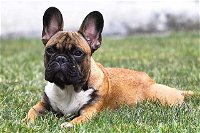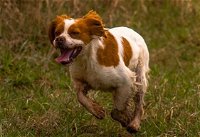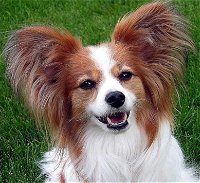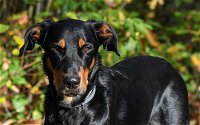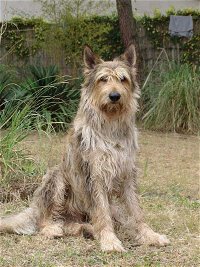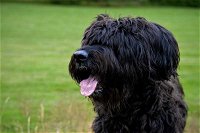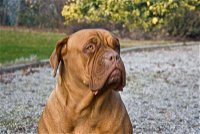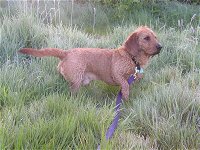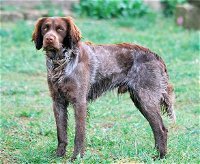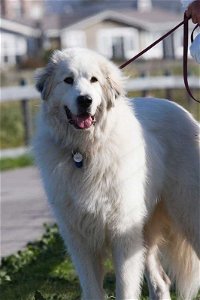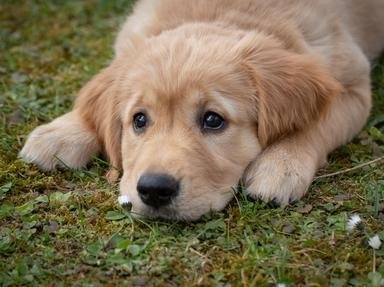
French Whines Trivia Quiz
Breeds of dog associated with France
Many of the different breeds of dog known around the world originated in France. All you have to do is correctly identify the ten pictured here...but watch out - they may whine at you if you get their names wrong!
by Fifiona81.
Estimated time: 3 mins.
- Home
- »
- Quizzes
- »
- Animal Trivia
- »
- Dogs
- »
- Dog Breeds
